Southern coast – Monte Argentario – Capalbio – Talamone – Roselle
We start our tour after breakfast and arrive in Capalbio about 1 hour later. The historic center is enclosed by a walk-in wall ring on which you can find some restaurants in summer. Once there, we decide whether we want to take a look at the nice place, which is also inhabited by some artists, or whether we want to go straight to our actual destination, the “Giardino dei Tarocchi”. The “Giardino dei Tarocchi” is an overwhelming art park that was designed and implemented by the French-American artist Niki de Saint Phalle. The impressive park is located between the districts of Borgo Carige and Pescia Fiorentina. Here we have about 2 hours to admire the park with all its diverse works of art and to get an incomparable insight into your work.
Then we take the scenic route via Orbetello to Porto Santo Stefano (30 min.) And take our snack there. After strengthening ourselves and taking a closer look at the city, we drive along the rocky outer coast with impressive panoramas. Past many small bays to the other port on the island, to Porto Santo Stefano. From here you can also take the ferry to Giglio if you want to take a trip there. Back via Orbetello we take a small detour via homemade gelati in the Gelateria Maremma in Capalbio Scala or in the La Gelateria di Pescia Romana (two sensational regional ice cream makers) and drive over the salt pans from Albinia to Talamone. If there is still time left, we will take the Etruscan city of Roselle with us on the way back to Guarda Mare: In the Archaeological Park of Roselle you can visit the remains of the following buildings: Roman road, city wall (cyclopean masonry), Roman amphitheater, forum, temple, basilica, Etruscan and Roman houses, thermal baths and a cistern. Arrived at the Guarda Mare: We take a bath in the “Dead Sea Salt” pool, an aperitif and enjoy a dinner on the recommendation of Alma at Vincenzo. Culinary specialties of the excursion: A classic snack on Monte Argentario are boiled eggs with anchovies marinated in parsley and olive oil. Bottarga di muggine: Bottarga is a dish that in Italy basically consists of roe mullet roe. The roe is salted, pressed, dried in the sun and then coated with a thin layer of wax. Bottarga is usually grated over pasta in Italy or eaten thinly as a starter with tomatoes, olive oil and lemon. Scarsella orbetellana: Eggs, particularly popular at Easter, whose origin is said to be Spanish. Anguilla sfumata: smoked eel Caldaro: Typical fish soup, formerly a dish for poor people Minestra di spernocchia: Also a fish soup, Spernocchia is the dialect for the so-called sea cicadas (Cigale) Scaveccio: so-called “poor fish”, which are deep-fried and marinated in vinegar, garlic, onions, rosemary, laurel and pepperoni, and are thus made tasty.
Tonnina: salted and air-dried tuna fillets Schiaccia cipolle e acciughe: A focaccia (pizza bread baked in oil) with raw sliced onions and anchovies Pagnottella: traditional Christmas bun Schiaccia di pasqua: Typical sweet oil pastries baked for Easter Coroglio all’alchermes: a kind of donut Special drinks: Ansonica Costa dell’Argentario: regional wine Liquore Argentarium: a digestive made from local herbs according to the old recipes of the monks of the Jesuit convent there.
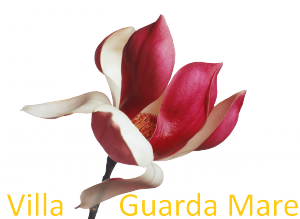
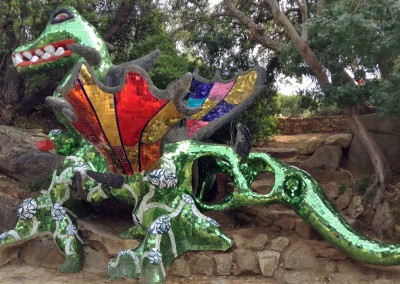
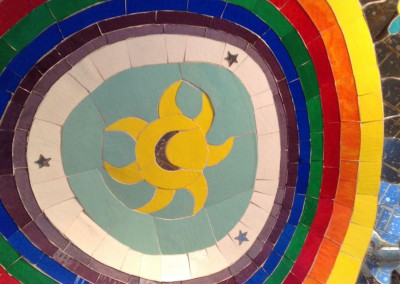
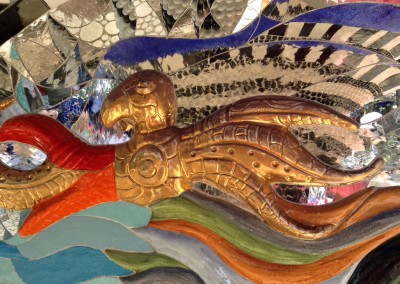
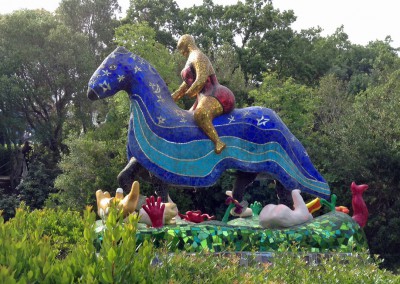



Recent Comments